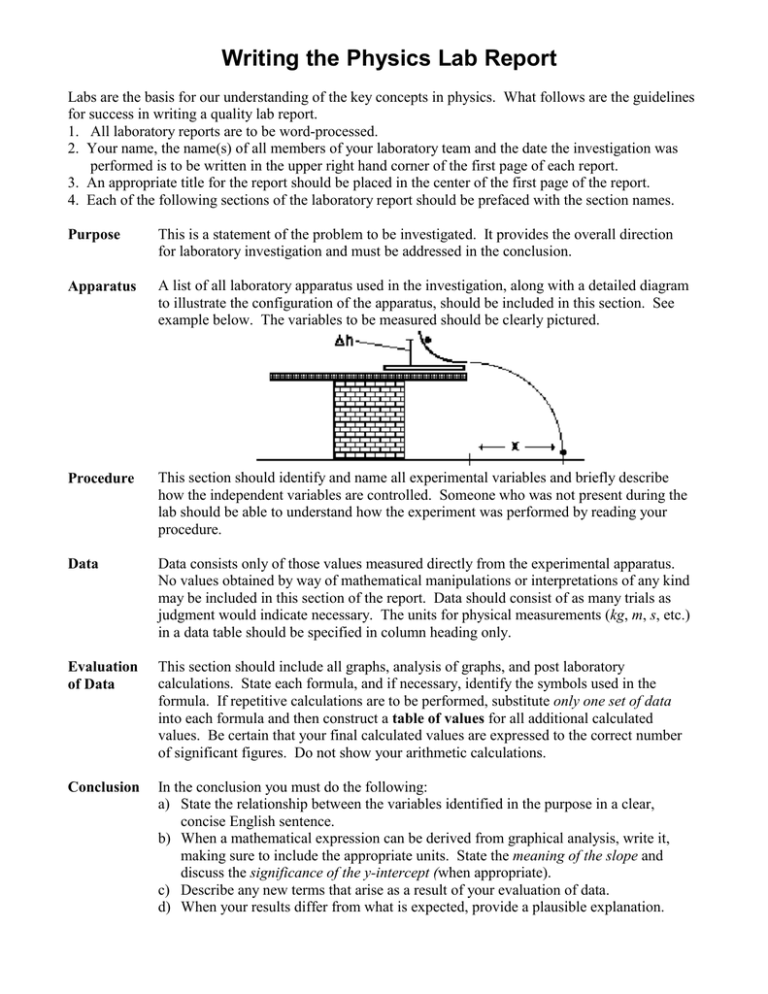


Write a prediction to answer the following question: If the mass of the cart is increased, how will the cart’s GPE, KE, TE, and Velocity be affected as the cart rolls down the ramp? Explain your hypothesis with either background knowledge about energy, forces, and motion and/or information gathered in the introduction and diagrams below. Ramp, homemade or available as a kit with adjustable angle.Cart: PocketLab HotRod, cart kit, physics cart, Hot Wheels car, or any other small toy car.Sensor: PocketLab G-Force, or PocketLab Voyager.Determine how the mass of a cart affects its gravitational potential energy and kinetic energy as it rolls down a ramp.Determine how the total energy in a system is broken up into different types of energy at different moments and how that is related to the law of conservation of energy.Collect data to calculate the amount of energy in a system at different moments.Gather evidence and data to support the Law of Conservation of Energy.We can prove this with a science experiment using your PocketLab. Now, if two balls are dropped from the same height, but one has more mass, which ball will require more energy to stop? Which ball, therefore, has more kinetic energy? The higher the ball, the more gravitational potential energy - it will fall longer and faster as it accelerates toward the earth. If released, as the ball moves faster and faster toward the ground, the force of gravity will transfer the potential energy to kinetic energy. Kinetic energy is the energy an object has because of its motion.Ī ball held in the air, for example, has gravitational potential energy. Potential energy can transfer into other forms of energy like kinetic energy. Potential energy is energy that is stored in an object. Science and Engineering Practices - Analyzing and Interpreting Dataĭisciplinary Core Ideas - PS3.A Definitions of EnergyĬrosscutting Concepts - Scale, Proportion, and Quantity The standard is broken down into the three NGSS pillars below: MS-PS2-2: Construct and interpret graphical displays of data to describe the relationship between kinetic energy to the mass of an object and the speed of the object. In the data analysis, students must also show in tables and graphs how the potential and kinetic energy changes in relation to the distance the cart has traveled, the speed of the cart, and the mass of the cart. For every run, students must use the Science and Engineering Practice, Analyzing and Interpreting Data, to process how the changing variables affect the collected velocity data and the calculated kinetic energy data. In the crosscutting concepts (specifically how mass and velocity relate to kinetic energy and how mass and height relate to gravitational potential energy). In their calculations they will understand the relationship between GPE and KE, helping them with a deeper understanding of concepts in energy conservation, Crosscutting Concepts, Scale Proportion, and Quantity. A PocketLab Voyager is placed on either the wheel of the cart or directly on top of the cart, in order to measure its speed as it travels down a ramp.Īt different points down the ramp, students calculate the gravitational potential energy and the kinetic energy of the cart. In the setup of the lab, students use a cart traveling down to test how changing the cart's changing speed will affect its kinetic energy and how changing the mass of the cart will change its kinetic energy. It specifically looks at energy in motion (kinetic energy) and its relationship with the mass of the object in motion and the speed of the object. The disciplinary core idea behind this standard is PS2.A: Definitions of Energy. TEACHERS: Find the assignable, interactive version of this lesson in PocketLab Notebook here. This investigation aligns with NGSS MS-PS3-1 and MS-PS3-5 and can be scaled up for high school students to address HS-PS3-1 and HS-PS3-2. In this investigation, we will take a look at the role of gravity in energy transfer. Does a falling object have potential energy or kinetic energy or both? In other potential energy experiments, we demonstrated the Law of Conservation of Energy: energy can neither be created nor destroyed, but instead, energy transfers from one form to another.


 0 kommentar(er)
0 kommentar(er)
